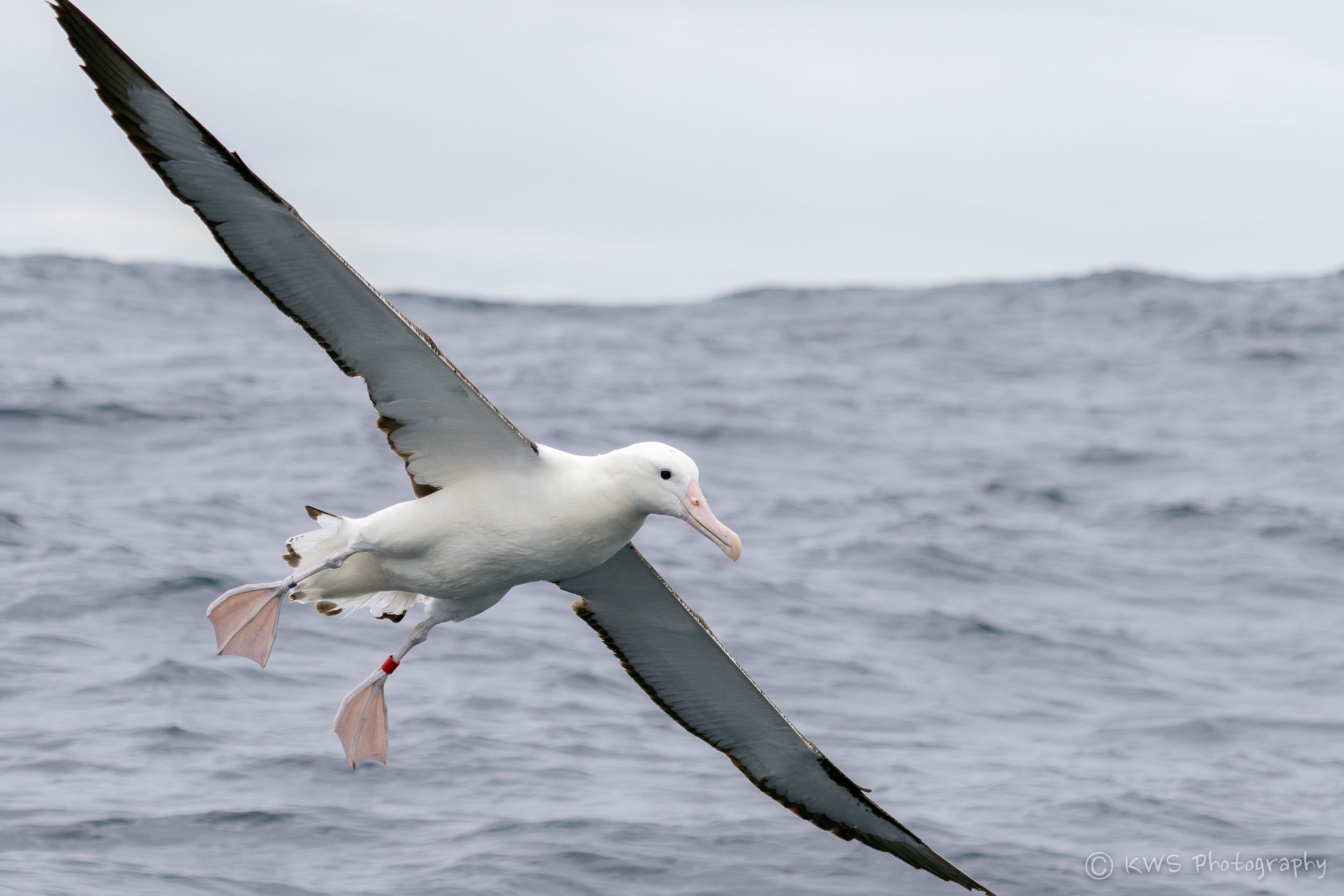Sunday 20 March aka P-Day: At some awfully hideous hour of which I normally only see the PM version, we are sat in the gloom at the marina, peering through the darkness as I issue feeble greetings to the collected group whilst trying not to shit myself after having seen the size of the boat we were going out on. This isn’t Jaws though and there is no bigger boat. Plus, I’d already handed over my cold hard cash and if there is anything as motivating as having already paid for something then I haven’t found it yet. We clamber on board, jostle for positions and with expectation of reasonable weather the boat takes off out of the marina and heads to our destination about 30-35 nautical miles (~65km) off coast – the continental shelf.
It’s pretty invigorating having the sea air filling your lungs, the salty spray misting your face and the dawning realisation that you won’t be touching land again for over 8 hours regardless of how much you cry and plead.
The day’s timeline went approximately like this: -
7.30am: Cruise out of marina, “oooh Black-faced Cormorant, nice!”
7.45am: This is going to be so bloody good! Camera ready, binoculars on… open water coming up.
8.30am: First lifers! Distant flocks of Short-tailed Shearwaters cresting the waves; wow, those waves are impressive. Hold on, feeling a bit queasy. You’ll be right, you’ve had your Kwells.
8.32am to 2.50pm: Alternate between – “Why the fuck did I ever sign up to this I want to die, am I dying? I’m going to be sick” and “LOOK! Look at that INCREDIBLE BIRD, HOLY SHIT THIS IS AMAZING, I CAN’T BELIEVE THIS”
*madly takes 100’s of photos*
2.51pm: Oh thank you, Captain.. we’re going home
2.55pm to 4pm: Starting to feel slightly more human again and can manage more than four dual-syllabic words in a row; enjoying soaking up the last vestiges of bird life and beginning to acknowledge I may actually survive this and live to tell the tale (or complete this blog)
4.05pm: If I would have had the energy I would have pulled a Pope manoeuvre and kissed the sweet, glorious crust of terra firma.
In all seriousness, it truly was one of the most conflicted days I have ever endured. My body thought it had been poisoned and just wanted to be prone on a comfy bed somewhere while my mind was telling it to stop being such a fucking whinger and enjoy this unique and genuinely awe-inspiring experience. Luckily my head is stronger than my traitorous stomach who was trying to undermine me at every rock and yaw of the boat, and believe me there were many. At times when we were at rest and subject to the full swirl, rock and roll of the ocean I was struck catatonic and could literally not manage a single word as I desperately fixated on not succumbing to the seasickness – I’d guess there were probably about four or five occasions of possibly 30-45 minutes apiece – I would try and just keep my eyes on the horizon. That sounds easy apart from when the swell is so large all you can see is the sea, the roll of the boat is so pronounced you can only see waves and roof, and you are hanging on to the metal frame of the canopy to save from being foisted overboard into the cold water.
At its deepest I was told the water was 600m deep at one of our stops. The colour of the water is just stunning, seeing it transition as you move further from shore is very interesting indeed; the anonymous mid-greys then dark navy and obsidian giving up different sets of birds as we progressed. If you are put off so far by my descriptions make no mistake, it really is a mind-blowing experience when someone shouts “albatross!” for the first time and you see this majestic bird on the horizon and it disappears from view as the waves rise and interrupt your views (this happens several times) before it is close enough and circles the boat. To have large numbers of mixed albatross and small seabirds in a flock around you is beyond brilliant and I can utterly see why people find it such an enthralling experience.













































